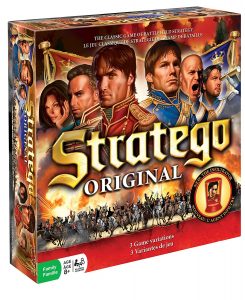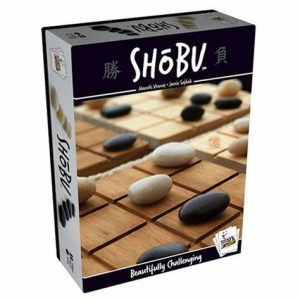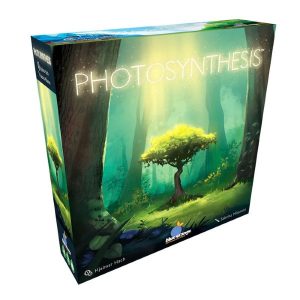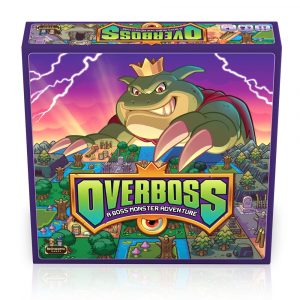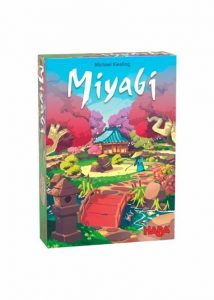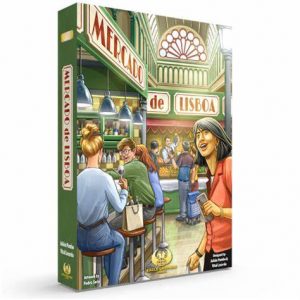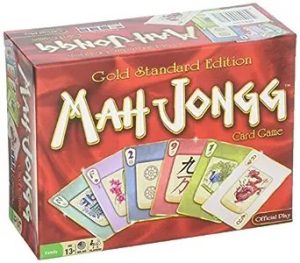In the strategy game Make Make, each person represents the chief of one of the clans that inhabit Rapa Nui. Each clan seeks control of the island’s territories, which will allow them to perform the ceremonial rites dedicated to the god Make Make, who will then make the chief of the clan the new Ariki of the island that will govern and give prosperity to the Rapanui people.
Each player starts the game with one chief token, five Tangata Manu tokens, and eleven dominance tokens. Twelve Moai tokens are placed to the side, and the Make Make figure is placed in the center of the game board, which has a trapezoidal-shaped hex grid on it, with the intersection of any three hexes (called “territories”) being marked as a ceremonial ground. The six territories surrounding Make Make are “sacred territories”.
A turn consists of a dominance phase, then a ceremonial phase. In the dominance phase, each player takes one of three actions:
- Take control of a neutral territory by placing one or more of your dominance tokens on this hex, whether with or without your chief; a chief is worth three dominance tokens.
- Take control of a territory owned by another player by placing more dominance tokens in this hex than they have; the other player returns all of their tokens to their reserve.
- Withdraw from a territory by returning all but one dominance token to your reserve.
If you ever control at least three sacred territories and more sacred territories than each other player, then you gain control of Make Make (possibly from another player), placing the figure in front of you. No player can place tokens in the central space, even after Make Make has been claimed.
During the ceremonial phase, if you control a territory and control all of its surrounding territories and have your chief token and at least Tangata Manu on these territories, then you return tokens on this surrounded territory to your reserve and place a Moai on this territory instead. A territory with a Moai on it is considered to be controlled by all clans, and a Moai cannot be removed from the game board.
Next in the ceremonial phase, if you have control of three territories surrounding a ceremonial ground, you place one of your Tangata Manu tokens on this ceremonial ground. If you lose control of one of these territories, remove the Tangata Manu from the board and return it to your reserve.
If you have all five of your Tangata Manu tokens on the board and you have the Make Make token in front of you, you win instantly.
